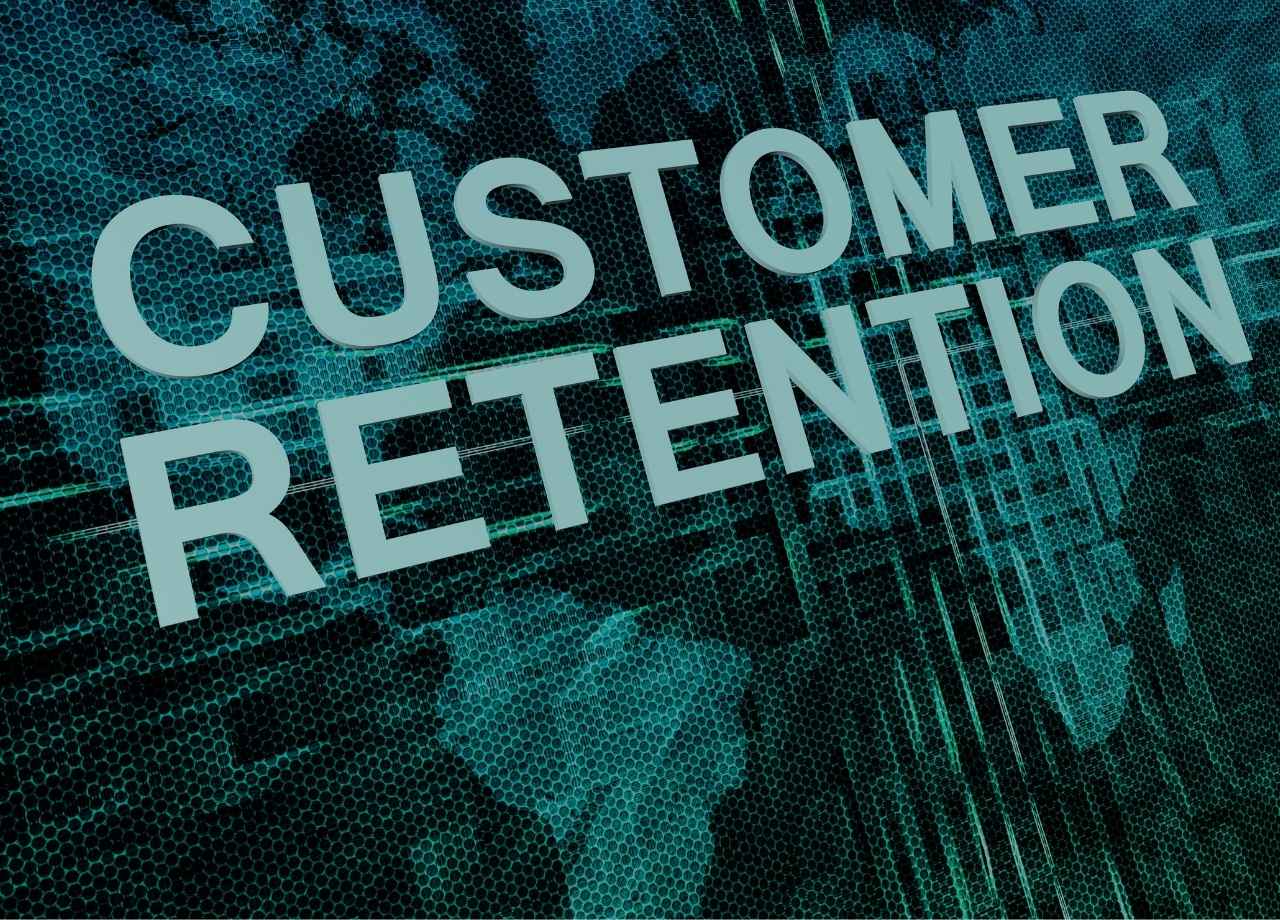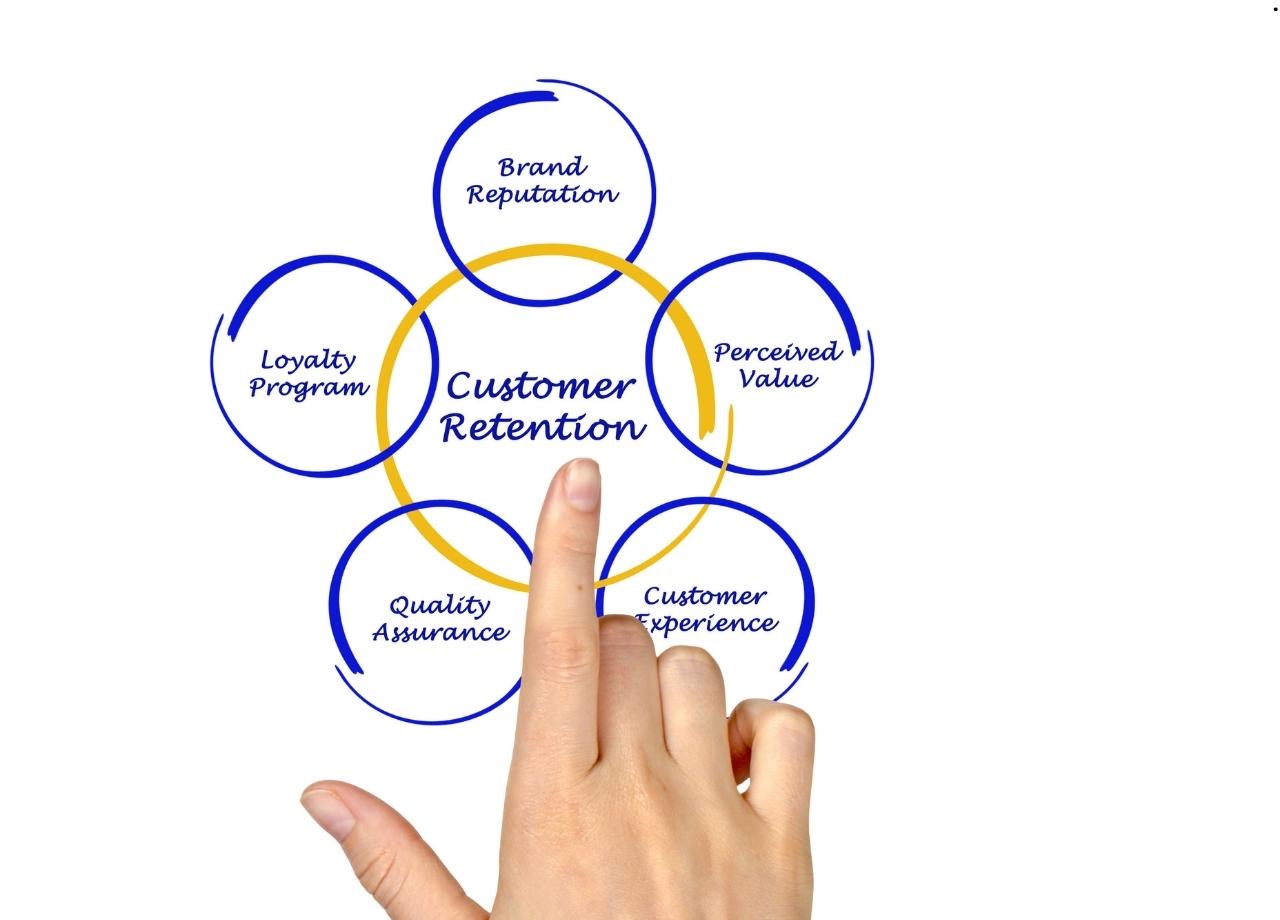
Customer churn has become a top concern for brands across industries. With acquisition costs soaring and competition tougher than ever, retaining loyal customers is often the most cost-effective way to drive growth. But catching early signs of churn requires more than just a list of metrics—it takes a well-designed retention dashboard that enables brands to monitor behavior changes, flag potential risks, and take immediate action.
Building an effective retention dashboard that speaks directly to what matters most can help brands target churn signals before it’s too late. Let’s break down what every brand needs in a retention dashboard to actively identify and act on churn risks.
Real-Time Customer Health Metrics
One of the most useful features of any retention dashboard is the ability to track real-time metrics that gauge customer "health." These indicators, like frequency of engagement, purchase recency, and average purchase value, provide a snapshot of how actively a customer interacts with a brand. If a loyal customer suddenly stops engaging or reduces spending, it’s often a warning sign of potential churn.
To make the most of these metrics:
Set Benchmarks:
Establish clear thresholds that separate healthy, at-risk, and churned customers. Benchmarks help the team understand when customer behavior shifts outside the typical range and requires action.
Layer Data with AI:
Advanced algorithms can identify patterns in customer health data that might otherwise go unnoticed. Machine learning models analyze engagement patterns, pinpoint at-risk customers, and even predict future spending trends.
Segment by Behavior:
Analyzing health metrics within specific customer segments helps refine understanding. For example, a “loyal” customer may require different retention strategies than a “high-value” but infrequent customer.

Example Action:
A customer’s engagement frequency drops sharply over two weeks, triggering a targeted email with a small incentive to re-engage. The dashboard should track their response to this outreach, giving instant feedback on the effectiveness of the retention action.
Engagement Signals and Drop-Off Points
Tracking engagement signals, like click-through rates on emails, social media interactions, and website visits, offers valuable insights into where customers are investing their attention and where they’re losing interest. Every drop-off point in the customer journey signals a potential friction point where customers might disengage.
Key aspects to monitor:
Content Interaction:
Monitor which types of content drive the most engagement. If certain segments interact less with emails or social media posts, it could point to a mismatch in messaging or timing.
Conversion Funnel Analytics:
Identify where customers drop out of the sales or engagement funnel dashboard. This data can help optimize processes and understand where interest wanes.
Inactive Accounts:
Track accounts that haven’t interacted in a set period. Offering re-engagement options at these stages can help revive interest.
Example Action:
A customer shows declining engagement with monthly newsletters. A dashboard alert triggers a personalized follow-up message to reconnect, possibly with fresh content recommendations based on their past interests.
Personalized Loyalty Indicators
When it comes to building long-term loyalty, a one-size-fits-all approach doesn’t work. Each customer group—new customers, occasional buyers, high-spenders—will have its own definition of “loyalty,” and that requires monitoring a set of tailored indicators for each group.
Key Areas to Track:
Purchase Patterns by Segment:
Track purchase frequency, average order value, and preferred products within each customer segment. For instance, a customer who makes a large purchase every three months will have different retention needs than someone who buys smaller items monthly.
Engagement with Loyalty Programs:
If a customer is part of a loyalty program, track their interaction with it. Redemption rates, referral activities, and engagement with loyalty-specific content can reveal how invested they are in the brand.
Event Participation:
For brands that host events, webinars, or in-person meetups, participation data can provide insight into a customer’s connection with the brand.
Example Action:
A loyalty program member who hasn’t redeemed points in six months might receive an exclusive offer to encourage program engagement. The retention dashboard should track whether this outreach converts, feeding data back to refine future loyalty program actions.
Customer Feedback and Sentiment Analysis
Customer feedback holds some of the clearest clues for retention strategies, especially when it’s captured as part of a dashboard’s insights. Collecting, analyzing, and acting on customer opinions, complaints, and suggestions help brands stay attuned to their needs and show customers that their voice matters.
Ways to use customer feedback effectively:
Sentiment Analysis:
Automated sentiment analysis tools on your retention dashboard can categorize reviews and comments into positive, neutral, and negative sentiment, helping teams respond quickly to issues.
Social Listening:
Monitor how customers talk about the brand across social channels. Often, customers may express dissatisfaction publicly before contacting support, so social listening can provide an early warning.
Post-Interaction Surveys:
Simple post-purchase or post-service surveys can reveal satisfaction levels and flag issues for follow-up. Low satisfaction scores should trigger an action within the dashboard for targeted outreach.
Example Action:
A dashboard captures consistently low feedback from a new product rollout. This may trigger an outreach campaign that asks users to share specific concerns or offers incentives to encourage loyalty during the adjustment phase.
Predictive Churn Modeling
Predictive modeling is essential for brands that want to stay ahead of churn, helping to identify at-risk customers before engagement drops off. With AI-driven predictions, brands can forecast who might churn based on past behavior patterns, customer segments, and even external factors like seasonal trends or economic shifts.
Effective predictive churn modeling:
Data Integration:
Ensure the model pulls from multiple data sources—sales, engagement, support interactions, and more. This offers a holistic view of customer risk factors.
Weight Key Metrics:
High-risk factors, like sudden disengagement or frequent support complaints, should be weighted heavily in the model.
Trigger Automated Actions:
When the model identifies a high-risk customer, it can trigger pre-set actions within the dashboard. These actions might include sending special offers, a personalized check-in message, or escalating the case to a retention specialist.
Example Action:
A churn model identifies high-risk customers based on a recent drop in engagement. The dashboard initiates a tiered loyalty offer, where customers are segmented by risk level and receive escalating incentives based on their likelihood to churn.
Competitive Benchmarking
Retention metrics alone can lack context without understanding how the brand performs relative to competitors. This is where competitive benchmarking becomes valuable, offering a view of where a brand’s retention strategies stand in the market.
Key points for benchmarking:
Industry Standard Metrics:
Monitor metrics like average churn rates and customer lifetime value in the brand’s industry. Tracking these over time reveals whether churn rates are improving relative to market conditions.
Social Media Engagement Comparison:
A brand’s social media interactions compared to competitors’ can hint at customer engagement and loyalty trends.
Retention Strategy Analysis:
Analyzing competitors' loyalty programs or customer engagement tactics can reveal strategies worth adopting or differentiating against.

Example Action:
A brand notes its churn rate is slightly above industry average. By integrating Rediem’s community-driven loyalty program, it introduces engagement strategies that focus on social impact and community-building, which can help the brand differentiate itself in a way that resonates with values-driven customers.
ROI and Retention Campaign Tracking
Finally, retention dashboards must connect customer retention efforts back to ROI. Every outreach, loyalty campaign, or retention action should be trackable, allowing brands to see what works, what doesn’t, and where to focus future resources.
Important factors to monitor:
Campaign Conversion Rates:
Track each campaign’s success rates to see which strategies resonate with at-risk customers.
Retention Revenue Impact:
Measure how much revenue each retention action contributes. For example, discounts given to retain customers should be weighed against the value they generate over time.
Long-Term Retention Rates:
While short-term retention gains are valuable, monitoring long-term impact helps ensure that retention tactics lead to lasting loyalty rather than temporary boosts.
Example Action:
After running a successful campaign aimed at re-engaging high-risk customers, the dashboard reveals an increase in 6-month retention rates and an overall lift in lifetime value among this segment, providing clear evidence that the approach was effective.
Final Thoughts
A powerful retention dashboard helps brands detect and address churn risks before they result in lost customers. The key is to make the dashboard actionable, tracking metrics that genuinely impact loyalty and churn. With features like predictive churn modeling, sentiment analysis, and personalized engagement indicators, brands can create proactive retention strategies that don’t just save customers but turn them into long-term advocates.
Ultimately, integrating tools like Rediem, which is designed to create value-based community engagement, can take retention efforts even further—ensuring that retention isn’t just about avoiding churn but about creating a genuine, lasting connection.

